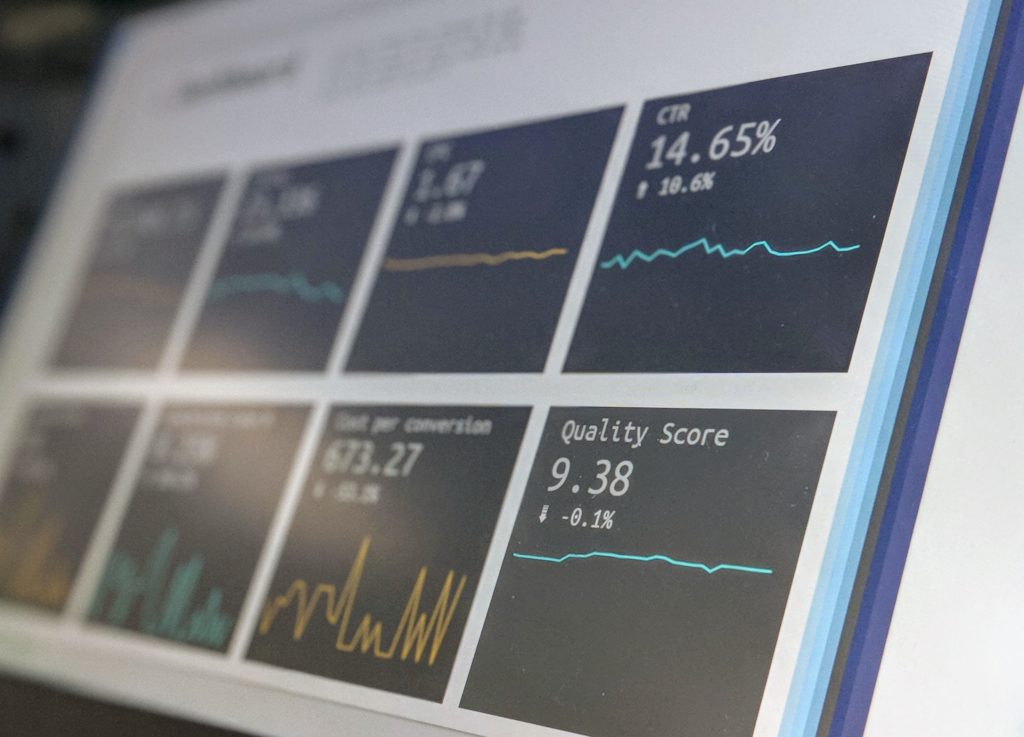If you are struggling with the important decision of how to handle your marketing efforts, you are not alone. Countless business owners spend months deciding if they should hire an external agency or build an in-house marketing team. It is a question that many brands grapple with, and as a digital marketing agency in London, we can tell you that there is no one-size-fits-all answer.
So, let’s look at what both these options bring to the table and help you determine which approach is better suited for your business’s unique needs.
Expertise and specialization

When it comes to expertise and specialization, agencies often have the edge. Marketing agencies are composed of professionals who specialize in various aspects of marketing, such as social media management, SEO, content creation, and advertising. They have experience working with a diverse range of clients and industries, which allows them to bring fresh perspectives and innovative strategies to the table.
Download Branding Resources Guide
Building a brand starts by having the right tools and advice. Download our top 10 essential tools and resources to kick-start your branding.

For example, if you are a small eCommerce business looking to scale your digital advertising, an agency that specializes in eCommerce marketing can provide valuable insights and proven strategies to help you achieve your goals.
On the other hand, in-house marketing is more like you trying to assemble a team based on what you think your needs are at present and those that would arise in the future. You can’t expand on a whim should you ever need additional support. But you have more control over an in-house team due to the proximity.
Cost and flexibility
Cost and flexibility are two important factors to consider when deciding between agency and in-house marketing. In-house marketing teams require hiring and training expenses, as well as ongoing salary and benefits.
On the other hand, agencies typically work on a contractual basis, providing flexibility in terms of budget and scalability. For instance, if you have a seasonal business with fluctuating marketing needs, an agency can adjust its services and budget accordingly, whereas maintaining an in-house team during off-peak seasons might be less cost-effective.
![]()
Control and alignment
In-house marketing teams offer greater control and alignment with your business’s objectives and brand vision. They have a deep understanding of your products, services, and target audience, which can result in more cohesive and personalized marketing campaigns.
That being said, you also have to spend more time training them in order to get the most out of your investment. In addition, having an in-house team allows for seamless collaboration with other departments, facilitating efficient communication and alignment across different areas of your business.
For example, if you value maintaining tight control over your brand messaging and want your marketing efforts to reflect your company culture accurately, an in-house team may be the better choice.

Resources and scalability
Marketing agencies have access to a wide range of resources and tools that may not be feasible for an in-house team, especially for small to mid-sized businesses. Agencies often have subscriptions to industry-leading software, market research databases, and analytical tools that can provide valuable insights and drive better marketing results.
Moreover, agencies can quickly scale their resources and adapt to changes in your marketing needs. They are good at pivoting. So, if you are launching a new product line or expanding into new markets, an agency can bring in additional expertise and resources to support your marketing efforts without requiring long-term commitments.
Industry insights and network
One of the significant advantages of working with marketing agencies is their exposure to various industries and their extensive network of industry contacts. Agencies often have a finger on the pulse of the latest trends, best practices, and emerging technologies. They have a broad view of the market and can provide valuable insights and recommendations based on their experiences with other clients.
Additionally, agencies may have connections with influencers, media outlets, and other relevant partners that can amplify your brand’s reach and impact. This can be particularly advantageous if your business operates in a highly competitive or rapidly evolving industry.
![]()
As is evident, the decision of choosing between agency and in-house marketing depends on several factors, including your budget, goals, desired level of control, and the specific expertise and resources required for your marketing efforts.
Both options have their advantages and drawbacks, so you need to assess your business’s unique needs, evaluate the costs against the benefits, and consider consulting with industry experts to determine the best approach for your business. Remember, it is not about which option is inherently better, it is about which is the most convenient for you. You might not get everything from either of the options. So, make sure you prioritize what’s more important to you before settling down on an option.


